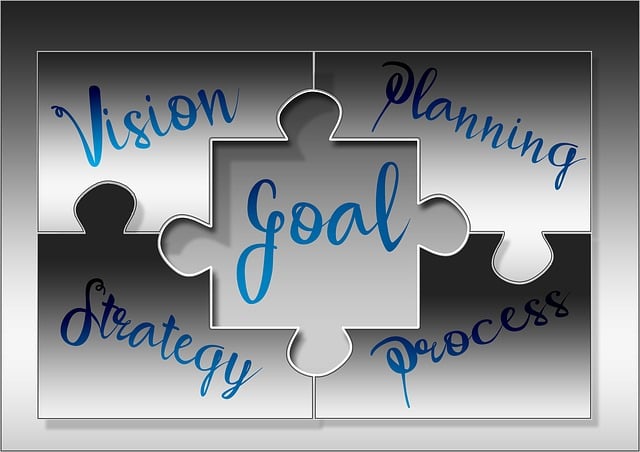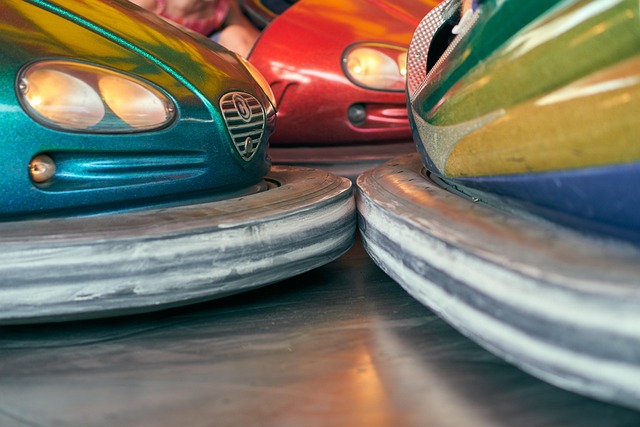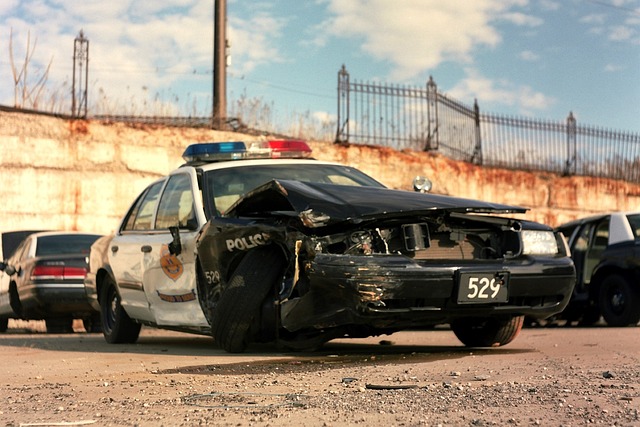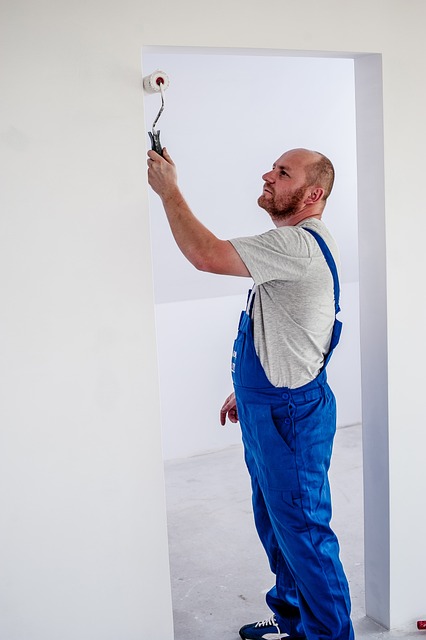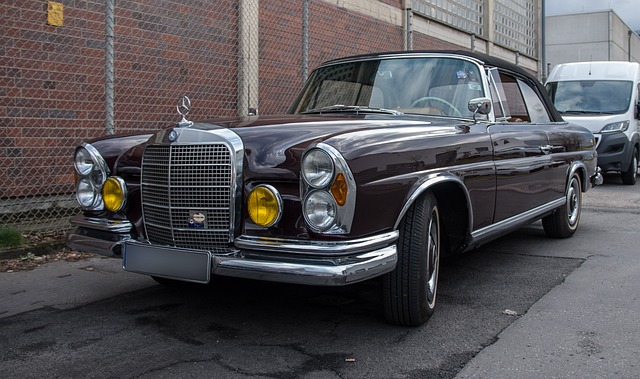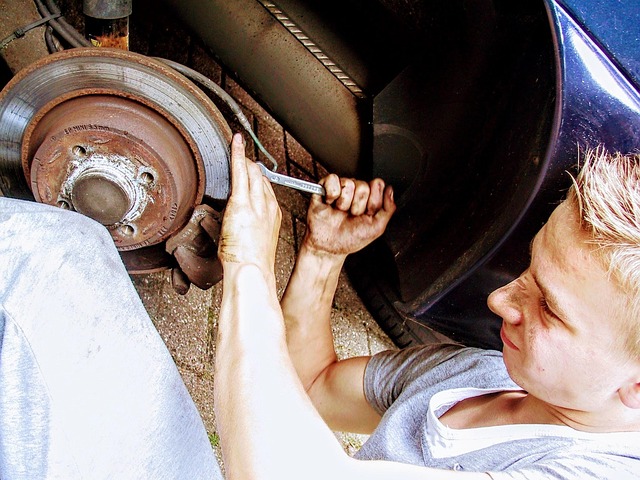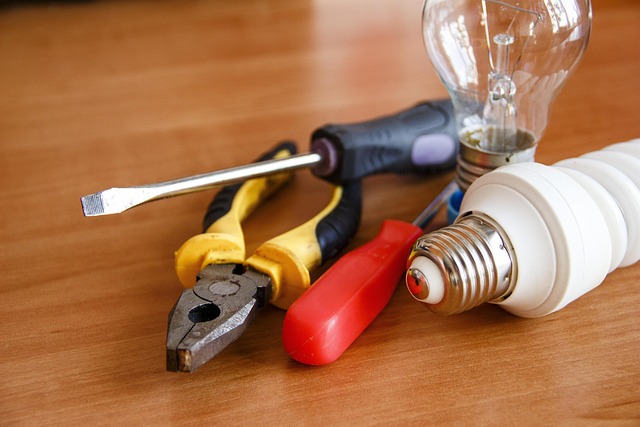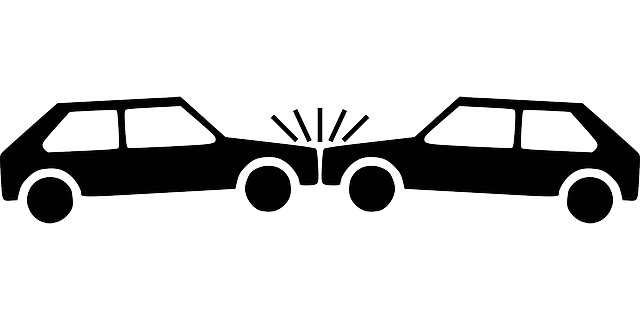Radiator replacement accidents in the automotive industry pose significant risks, from minor leaks to severe crashes, due to complex interactions like faulty installation, outdated components, and inadequate mechanic training. These incidents can be mitigated by auto repair centers implementing rigorous safety protocols, ensuring structural integrity, and adhering to best practices such as technician training, correct tools, regular checks, part quality verification, and precise measurements. Proper training and scheduled maintenance are key to preventing these accidents, reducing breakdowns, prolonging vehicle life, and enhancing overall safety on the road.
Radiator replacement accidents, though often overlooked, play a significant role in workplace safety. These incidents, involving the hazardous handling of hot liquids and complex machinery, can lead to severe burns and other critical injuries. Understanding the causes and risks is the first step towards prevention. This article explores effective strategies to mitigate these hazards, focusing on best practices for safe radiator replacement, the crucial impact of training and maintenance, and how these measures contribute to overall accident prevention.
- Understanding Radiator Replacement Accidents: Causes and Risks
- Preventing Radiator Replacement Mishaps: Best Practices for Safety
- The Impact of Proper Training and Maintenance on Accident Reduction
Understanding Radiator Replacement Accidents: Causes and Risks
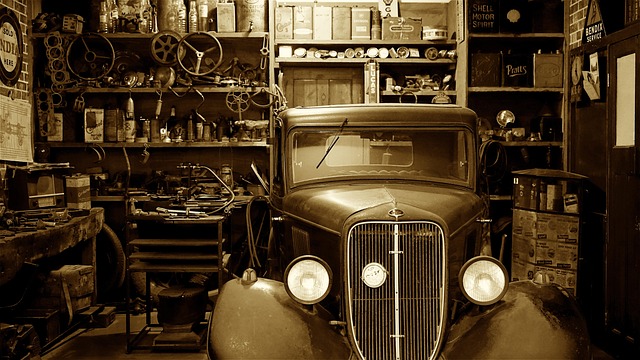
Radiator replacement accidents are a significant concern in the automotive industry, often resulting from complex interactions within a vehicle’s system. These incidents can range from minor leaks to severe crashes, posing risks not only to drivers and passengers but also to bystanders and emergency responders. Understanding the causes behind these accidents is pivotal in developing strategies for prevention.
The primary risk factors include faulty installation practices, outdated components, and inadequate training for mechanics. A simple misstep during a frame straightening process or a misaligned part in an auto collision center can lead to catastrophic events. Moreover, working with hot fluids like coolant in close proximity to metal parts requires meticulous care. Auto bodywork repairs that are not performed correctly can compromise the structural integrity of the vehicle, creating potential hazards on the road. By addressing these causes and implementing rigorous safety protocols, auto repair centers can play a pivotal role in accident prevention.
Preventing Radiator Replacement Mishaps: Best Practices for Safety
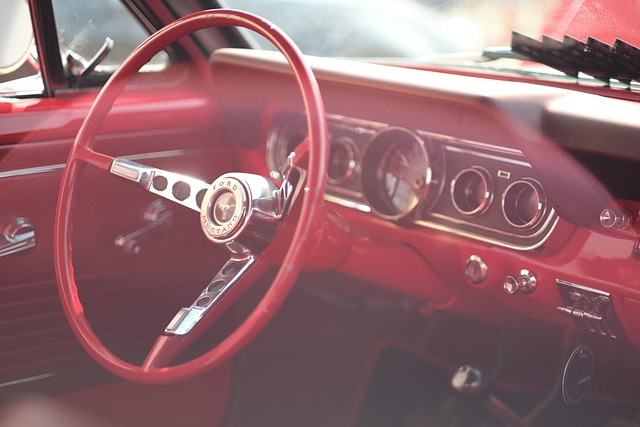
Preventing radiator replacement mishaps is paramount for ensuring safe automotive practices. The process involves intricate work near high-pressure and hot components, creating potential hazards if not executed correctly. To mitigate risks, several best practices should be followed. First, always ensure proper training and certification for technicians handling radiator replacements. This guarantees they possess the skills to navigate the challenges inherent in the task. Next, using the correct tools and equipment is crucial; worn-out or incompatible parts can lead to accidents. Regular maintenance checks before replacement can also avert calamities by identifying potential issues early.
Furthermore, adhering to safety protocols, such as turning off the engine and allowing the system to cool down before starting repairs, significantly reduces the risk of burns or scalding. In case of leaks, catching them promptly with absorbent materials prevents slippery surfaces and associated accidents. Lastly, when sourcing parts, verify their authenticity and quality from reputable suppliers, ensuring compatibility and longevity while also minimizing the risk of future failures that could lead to another accident. Incorporating these practices into standard operating procedures in automotive body shops and auto repair services can significantly decrease the likelihood of radiator replacement accidents.
The Impact of Proper Training and Maintenance on Accident Reduction
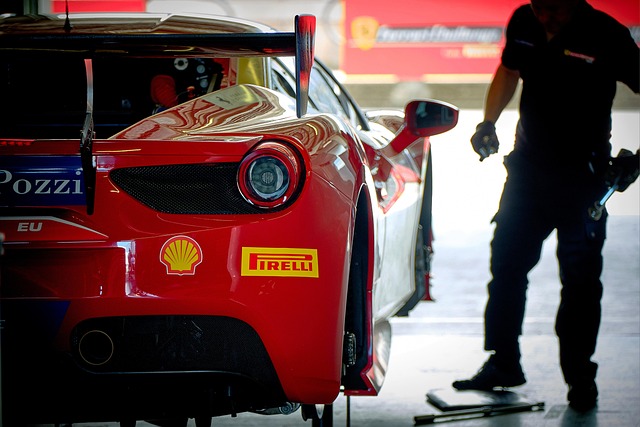
Proper training and regular maintenance are pivotal in accident prevention, especially when it comes to radiator replacement accidents. Well-trained professionals equipped with the latest knowledge and skills can identify potential issues before they escalate into safety hazards. This includes recognizing worn-out parts, understanding the intricate systems within a vehicle’s bodywork, and applying safe practices during auto body work. For instance, training in modern body shop services emphasizes precise measurement and fitting of new radiators to ensure optimal cooling performance and prevent leaks that could cause accidents.
Regular maintenance routines designed around vehicle care can significantly reduce the risk of radiator replacement mishaps. Scheduled servicing allows for proactive checks, replacing old or damaged components before they fail. This proactive approach to auto body work not only safeguards against unexpected breakdowns but also ensures the longevity of vehicles, reducing the need for frequent radiator replacements and associated accidents.
Radiator replacement accidents, while often overlooked, are a significant concern in automotive maintenance. By understanding the causes and risks associated with these incidents, we can implement effective prevention strategies. Best practices for safety, including proper training and regular maintenance, play a crucial role in reducing the likelihood of such accidents. Embracing these measures not only enhances workplace safety but also contributes to overall accident prevention, ensuring a smoother and more secure automotive service experience.
